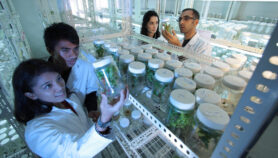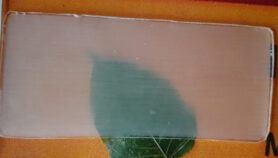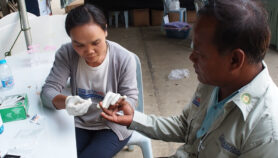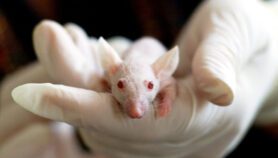By: Andrea Rinaldi
Send to a friend
The details you provide on this page will not be used to send unsolicited email, and will not be sold to a 3rd party. See privacy policy.
Rattan wood — the stems of a climbing palm that grows in Bangladesh. India and Sri Lanka — could be the source for bone implants by 2019.
Italian firm GreenBone announced last month that trials on sheep prove that the technology works. It found that rattan can be used to build a scaffold to support damaged bones because rattan has the same strength, flexibility and porosity as bones.
The chemical process that turns rattan into a bone-like material was developed by a team at the Institute of Science and Technology for Ceramics (Istec) of the Italian National Research Council. Through this process, plant materials such as lignin and cellulose are removed from pieces of rattan wood, which are then treated to create hydroxyapatite, the same mineral that makes up human bones.
“The advantages offered by rattan-derived bone-like material over other bone substitutes like ceramics, polymers and titanium are great,” says Anna Tampieri, a researcher with the Istec project and chief scientist at GreenBone “Unlike these solutions, rattan is totally biocompatible and absorbable, and structurally organised like natural bone. We also already had evidence that it induces bone regeneration. With time, it will completely fuse with the real bone.”
Bone replacement is crucial for treating various conditions when bones cannot self-repair. These include severe breaks, bone cancer and degenerative diseases such as osteoporosis.
Rattan bones could be especially important for replacing large chunks of bone — three centimetres or more — for which existing bone substitutes are unsuitable, the team found. In time, rattan grafts are replaced with newly formed bone without needing further surgery, making it a cheaper and less-invasive choice for long-term treatment, the researchers say.
Pilot studies by Tampieri’s team showed evidence of full integration with real bone and no signs of rattan bones being rejected or leading to infection. “We will soon extend our observations to a larger group of sheep, before conducting a clinical trial in about 20-30 patients,” Tampieri says. “We expect to have final results by mid-2018.”
GreenBone is producing a development plan for the new technology, based on the Calamus rotang species of rattan palm, which is grown in southern India and Sri Lanka. The company aims to bring rattan bones to the market by the beginning of 2019.
A version of this article originally appeared on SciDev.Net’s Global Edition.














